T he “eidetic image” has been described in psychological literature as: a vision or material picture in the mind which can be scanned by the person as he would scan a real current event in his environment. A “photographic memory” is sometimes compared or confused with an “eidetic image” or “eidetic memory”, although they are actually different things.
Jokingly, I often tell people that I have a “photographic memory”, commenting, that I can only remember things if I photograph them. In a way, the act of recording a photograph on my CF card also, sometimes, also sends a copy to my brain. Although I can scarcely remember what I had for lunch yesterday; without effort, I can readily recall in great detail, not just the images themselves, but also the feelings and situational context, of hundreds of my photos. I have often wondered why some images are memorable, while others are not.
Self analaysis has led me to the conclusion that my most memorable images are those in which I made a personal connection via language (spoken or not) or by direct eye contact with someone (even if only briefly). Occasionally, memorable photos also come from unusual or striking encounters or situations, like the serene, lonely image of a body on a gurney, outside the morgue in an abandoned hallway of Hôpital Albert Schweitzer, or the sequence of images captured while instinctively photographing a dramatic, unfolding scene of an accident victim being rushed to the emergency room.
Since I find it difficult to remember landscape images, I’m guessing that a “human connection” serves, at least for me, as a strong catalyst, to cement and imprint an experience and an image into my brain. Many of the images that stick in my head are the smiles of people all over the world; joyous photos of jubilation or folks just having fun, while other images are more somber, but the underlying theme is always seems to be rooted in a human connection.
Now I’m trying to figure out if the happy images are more or less memorable than the solemn ones. I’ve not reached any conclusions yet, but by posting this, perhaps I’ll get a little closer to answering that question. Your comments and thoughts are welcomed.
The following 18 pictures, taken from my many assignments with Hôpital Albert Schweitzer, in Haiti certainly can’t be defined as “happy images”, but they are among the one’s that have always stuck in my head.
Please note, the last three images may be disturbing to some viewers.
Mother and child, malnutrition ward, Hôpital Albert Schweitzer, Deschapelles, Haiti
Mother holds her daughter’s antiretroviral medication, Hôpital Albert Schweitzer, Deschapelles, Haiti
AIDS patient, Hôpital Albert Schweitzer, Deschapelles, Haiti
Child caring for his mother, L’Escale tuberculosis clinic, Hôpital Albert Schweitzer, Deschapelles, Haiti
Patients resting, L’Escale tuberculosis clinic, Hôpital Albert Schweitzer, Deschapelles, Haiti
Nurse and patients, L’Escale tuberculosis clinic, Hôpital Albert Schweitzer, Deschapelles, Haiti
L’Escale tuberculosis clinic, Hôpital Albert Schweitzer, Deschapelles, Haiti
Recovery room, Hôpital Albert Schweitzer, Deschapelles, Haiti
Amputee, Hôpital Albert Schweitzer, Deschapelles, Haiti
Awaiting surgery, Hôpital Albert Schweitzer, Deschapelles, Haiti
Burn patient, Hôpital Albert Schweitzer, Deschapelles, Haiti
Burn patient, Hôpital Albert Schweitzer, Deschapelles, Haiti
Rose and her roommate making eye contact, Hôpital Albert Schweitzer, Deschapelles, Haiti
Rose, Hôpital Albert Schweitzer, Deschapelles, Haiti
Road traffice accident victim, Hôpital Albert Schweitzer, Deschapelles, Haiti
Visiting trauma team from New York attends to road traffice accident victim, Hôpital Albert Schweitzer, Deschapelles, Haiti
Hallway outside the morgue, Hôpital Albert Schweitzer, Deschapelles, Haiti







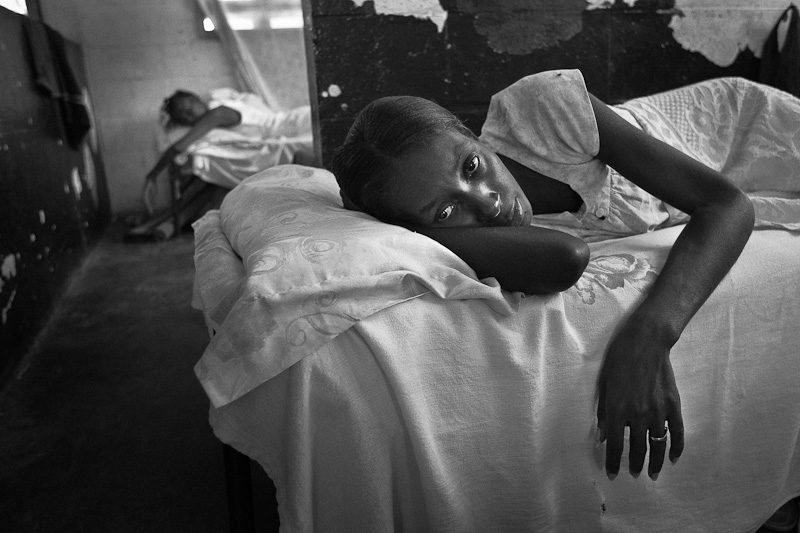
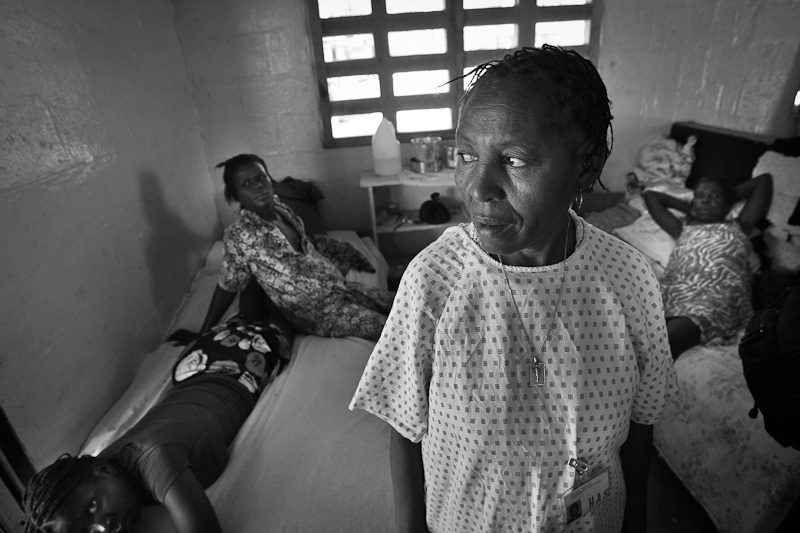

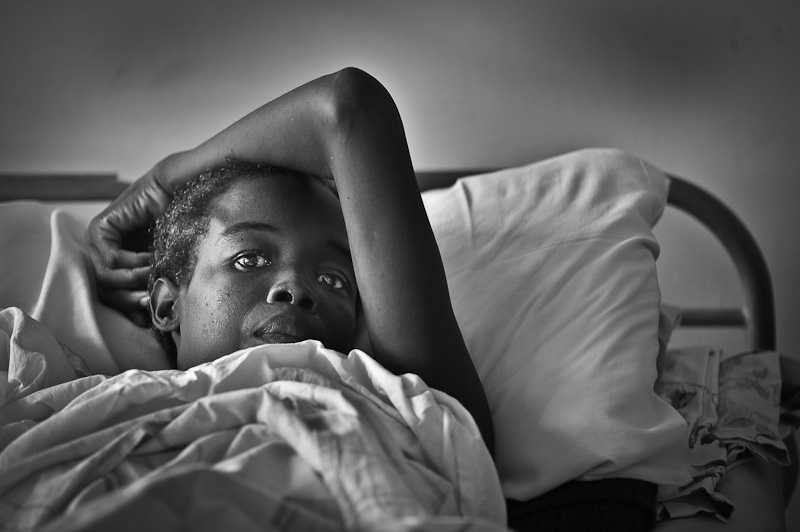
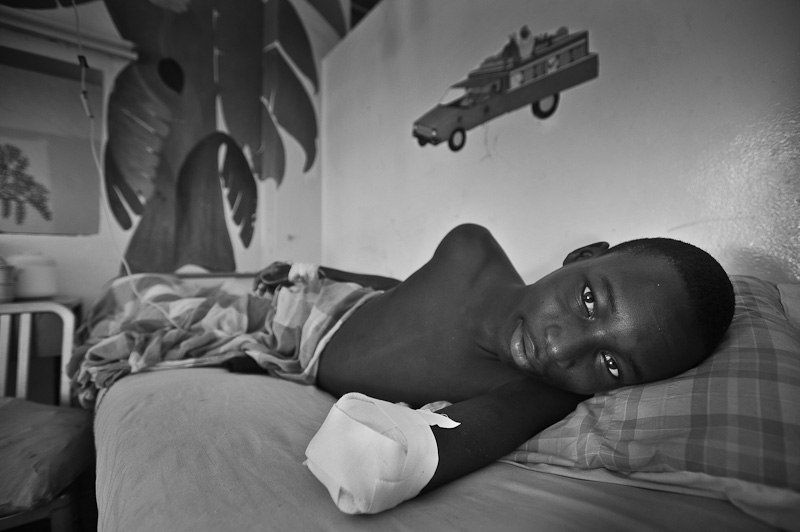



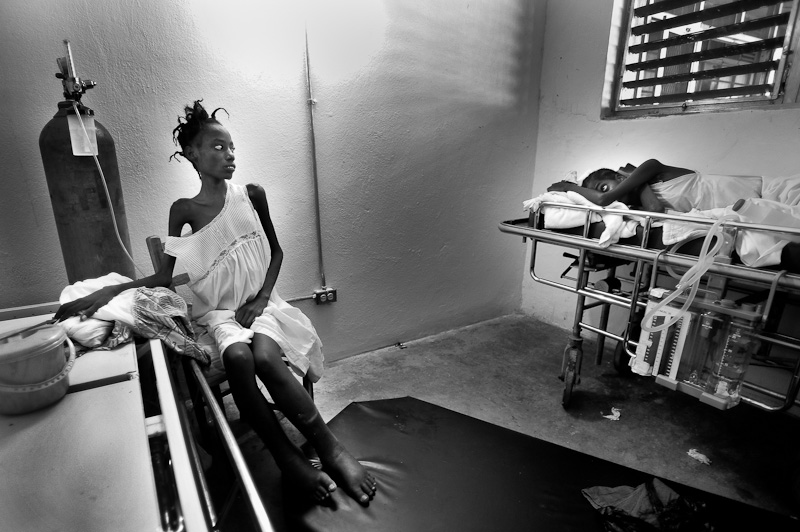
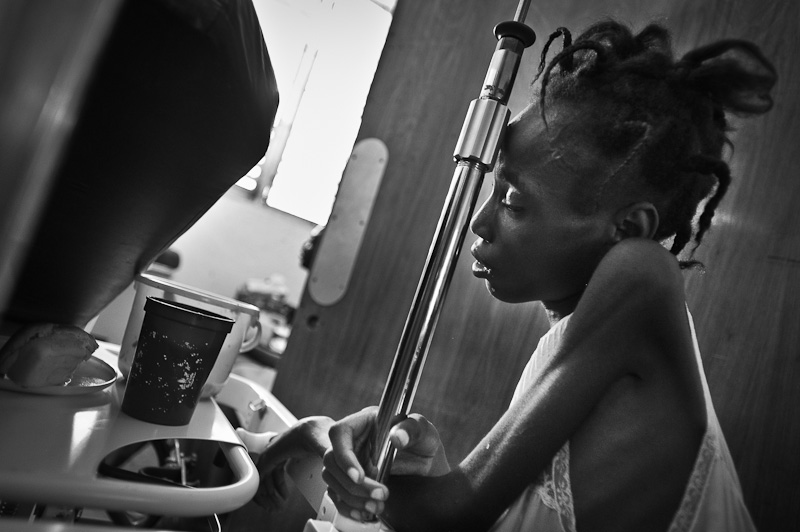


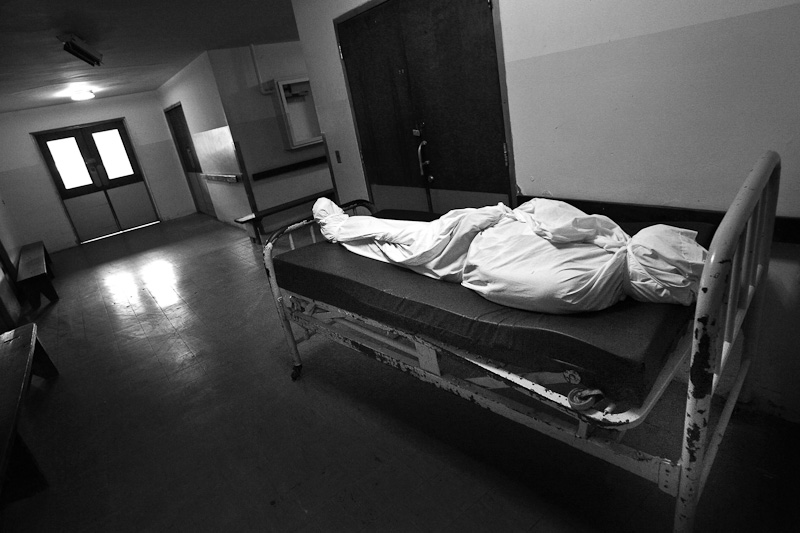






That last image is amazing! We had a decision at a talk I gave this weekend about how to maintain human dignity when photographing death. I couldn’t really provide much direction since I haven’t been in such a situation, but the conversation in the room was very varied. This is a great example of an image that really captures the finality and despair of death with out exploiting someone.
I could have written what you said, about remembering things when you take a picture. There’s so many memes on the Internet about putting cameras down and making memories. Like you, there are so many memories I have BECAUsE I took a picture.
As always, Karl, your work touches my heart. I look forward to traveling with you again, and hope to make it to the Cambodia workshop.
Thanks Karl,
Your images are so good about getting to the core, the heart and soul of the onlooker. It’s so sad that more can’t be done for these people, as well as the very poor in other parts of the world.
Dear Allison, Nancy and Nicki, thank you for taking the time to comment. I’ve always believed in the power of an image…the power to bring awareness, create discussion, touch hearts and/or open minds. Each one of us with a camera has the opportunity, or even perhaps the responsibility, to those whom we photograph, to do our very best to \tell their story\, truthfully, and in a dignified way.
Karl, I’ve always thought these images from Haiti were some of your very best. They capture the suffering and despair of the patients with such dignity and sensitivity, and it’s impossible as a viewer not to be moved by them. I need to revisit them before each MOST trip for inspiration….They are perfect in b&w.